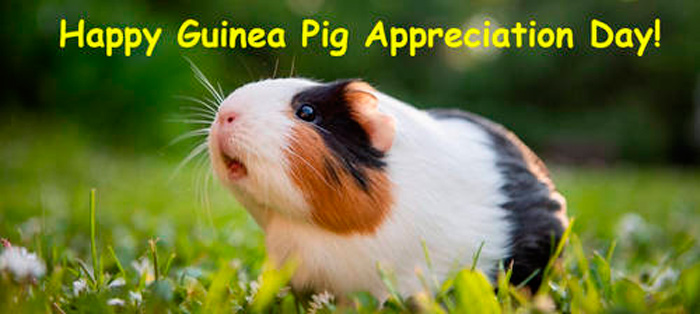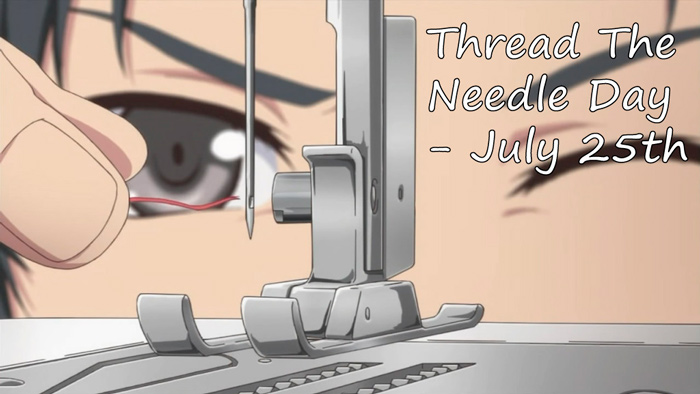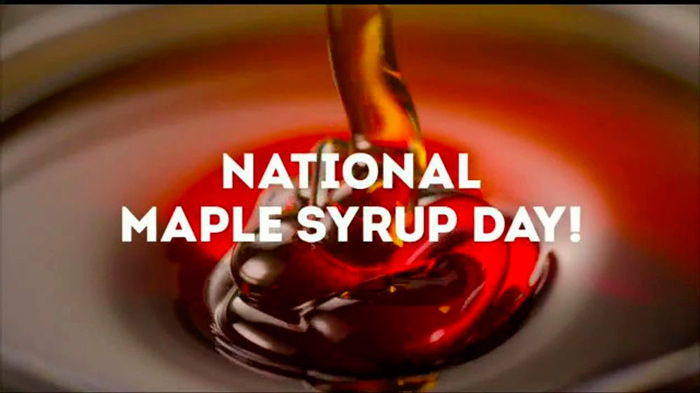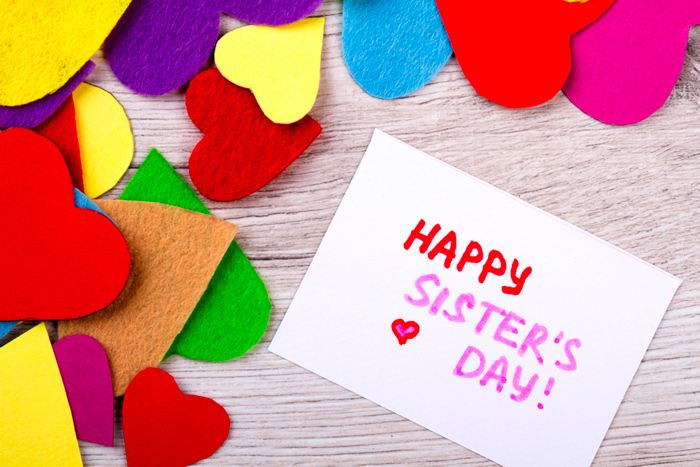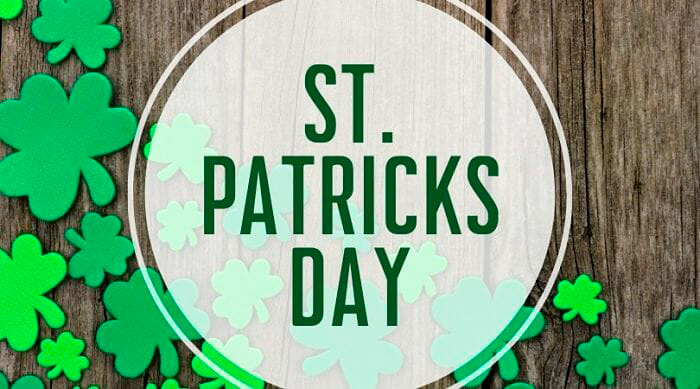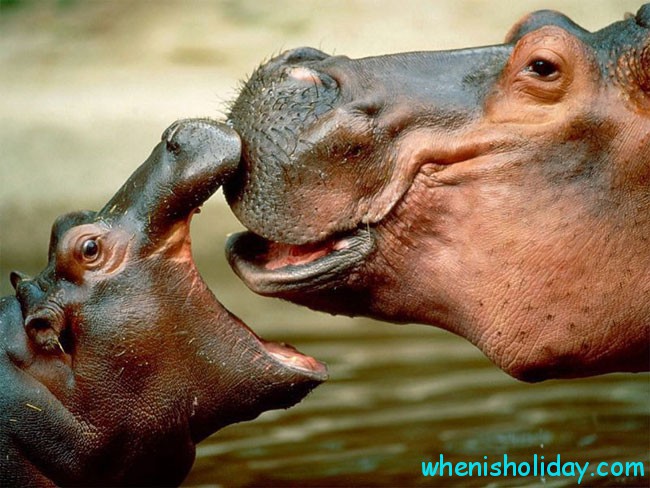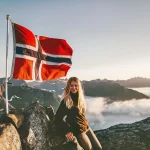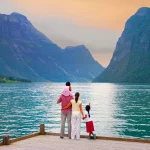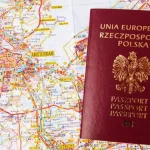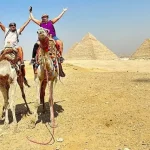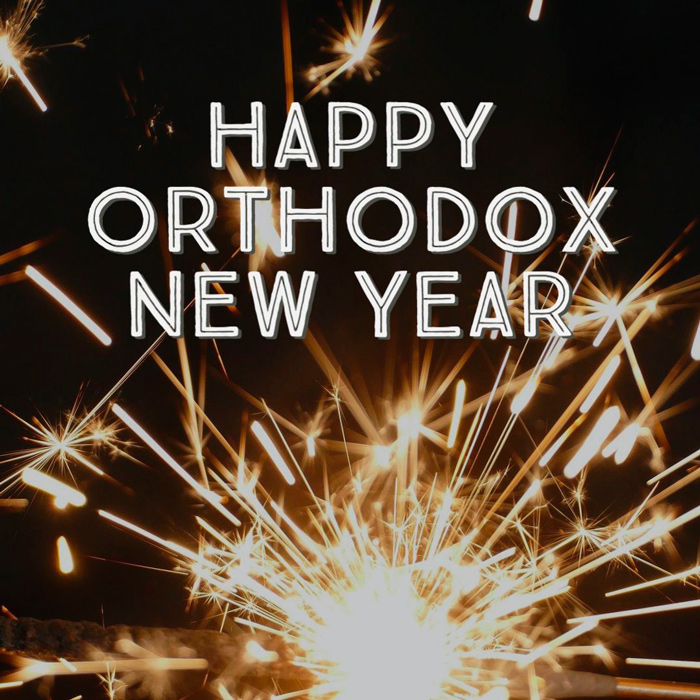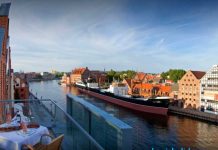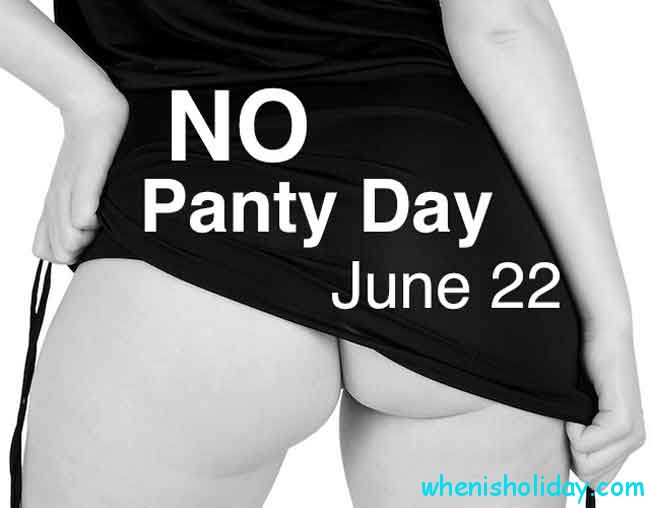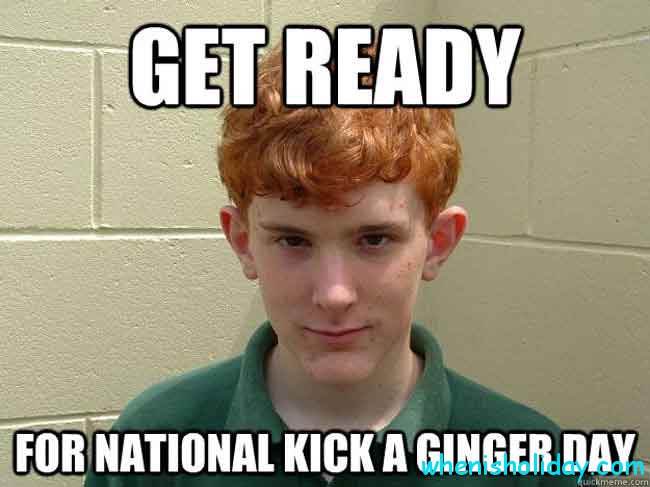Many events throughout the world provoke others and all of them are connected. Nowadays, you cannot make smoke without fire and history is evidence for that practice. We will discuss an example when two events caused a holiday to appear. We will find out when is National Reconciliation Day in 2025.
Every year since 1994, when Nelson Mandela became President of South Africa, the 16th of December has been set aside as National Reconciliation Day. Actually, two separate events caused the holiday to be included on calendars. The first was a fight on the banks of Blood River in 1838 where the Voortrekkers stood against the Zulus. The second is the 1994 end to apartheid by virtue of Nelson Mandela, the first black president of SAR. Let’s delve into details of those events.
History
On December 16, 1838, in South Africa, a battle took place between Dutch settlers, known as the Voortrekkers and the militia of local Zulu tribes near the Nkomé River. However, slaughter would be a better word than battle since the Boers, armed with flint and capsule guns and two small cannons, shot with impunity at the Zulus who were trying to attack with spears and wooden maces.
A detachment of Boers under the command of General Andreas Pretorius, intruded into Zulu land having learned from the mounted reconnaissance guns about the approach of large Aboriginal forces, which took refuge in a Wagenburg from carts erected on the cape between Nkomé and the dried riverbed of the Dong River. The high, steep banks of Nkomé and Dongi reliably protected the camp from the eastern and southern directions, allowing all forces to be concentrated in the north and west. Pretorius had only 464 marksmen and 200 unarmed black servants. According to various sources, the Zulu’s supreme leader, Dingane, had from 15,000 to 20,000 soldiers, of whom about 10,000-12,000 took a direct part in the battle.
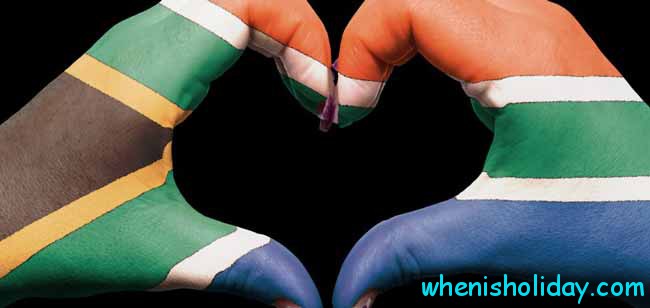
However, such a significant numerical superiority of the Africans did not help, nor did the shamanic potion given to them which, according to the witchcraft, would make them invulnerable. A sudden night assault would undoubtedly have given the Zulus even better chances. However, they did not dare to attack at night. They were frightened by the wagons and the lanterns and did not even go out in the rain. Aborigines decided it was some type of witchcraft, from which it is better to stay away. Well, that is the history root and we come to meaning to realize what day World Day of Reconciliation in 2025 is.
Meaning
What does National Day of Reconciliation mean for the people of SAR? It will be discussed after the details of the second event. The African word, “Apartheid,” meaning “separate living” was promoted in SA by the National Party in 1948. A number of laws were adopted to regulate the racial discrimination system. Restrictions were imposed in many spheres of life. Groups of “Indians” and “colored” had access to several privileges, however, a sharp distinction was observed between “black” and “white.” There were bus stops only for blacks, as well as buses, ambulances, hospitals, schools, and universities. Almost all the establishments and institutions were influenced by that separation policy.
At that time, only a few places remained, where discrimination was not felt. Among those were churches and drug trafficking in nightclubs. The forty-five-year period of apartheid ended in 1994 when Nelson Mandela became president of SAR after the democratic elections.
Understanding the history sets up the date choice for when International Day of Reconciliation 2025 is.
As you can see, these were major events for South Africa. It can’t be cut from history as it marks the history of SA itself. Reconciliation Day stands as a moment to recall the atonement and friendship of the nation and a reminder to the government not to repeat its mistakes. Thousands of people who suffered under apartheid, now inhale with a full chest and breathe calmly as their homes are safe.
Definition
During the apartheid regime in South Africa, there was often a need to accurately classify a person as “white” or “colored.” One of the tools for solving the problem was a simple pencil: it was inserted into the subject’s hair, and then he was asked to tilt his head. If the pencil did not fall out of the hair, it was believed they have a sufficient curl to record a person in the category of “colored.” There have been cases when, according to the results of a pencil test, members of the same family were separated and could no longer live together. That is the terrifying definition of what happened in those days and that is why the holiday is included in the Public Holidays of SA on what is now the date of National Day of Reconciliation 2025. Up to now, the government pays compensation to populations which suffered and has apologized for the previous government actions. The holiday is extremely important for the nation and its definition is indisputable.
Tradition
Annually, hundreds of events are held throughout the country and many thousands of people take part. In 2025, the prediction is about 400 events and 60,000 visitors. In half of the events, the government will take part to express words of apology and condolences. On this day, police forces are extremely mobilized and the streets are covered with a law enforcement. Moreover, countless buildings are covered with a picture of Nelson Mandela who is an idol for them. It is he who played the main role in the liberation and foreign policy of the country.
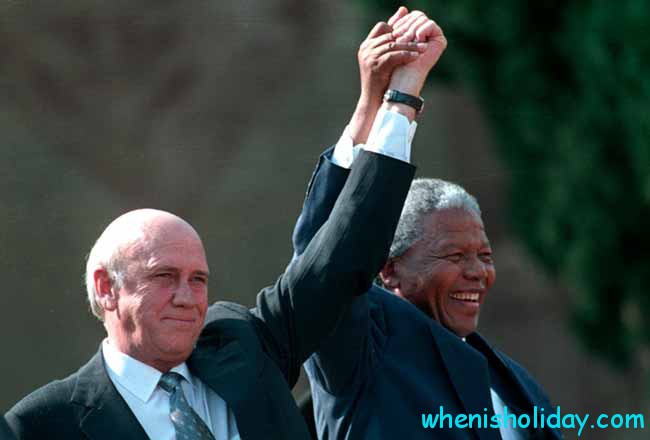
International Day Of Reconciliation Facts
- For many years there was only one opponent of apartheid in the Parliament of South Africa – Helen Suzman, the daughter of an immigrant from Lithuania. Three elections in a row, she was the only representative of the Progressive Party, which managed to be elected to Parliament. Helen Suzman is still alive and she will soon be 90 years old.
- In 1987, Margaret Thatcher stated that all who believe the African National Congress can come to power “living in cloud-cuckoo-land”.
- Not far from the capital of South Africa, there is a monument to a man who is considered an ideologist of apartheid. The statue is in an enclave where white people live alone, and black visitors need a special pass to get there. It is not a historical open-air museum, but a truly independent community.
- Africans had to live on special reservations. Departure from the reservation and appearance in large cities could be made only by special permission.
- Segregation was envisaged in higher education: all respectable universities accepted only white students. For representatives of other racial groups, higher education institutions were established, but the number of places for black students was small.
- The symbol of apartheid is the “Robben Island” prison, where thousands of political prisoners, including Nelson Mandela, were held in times of aggressive discrimination. Now prison has become one of the main tourist attractions of South Africa.
To sum up, this friendly holiday is a perfect opportunity to discover more about the culture and history of a country and spend time for benefit and pleasure. The calendar will always show you when is the Day of Reconciliation in 2025.



